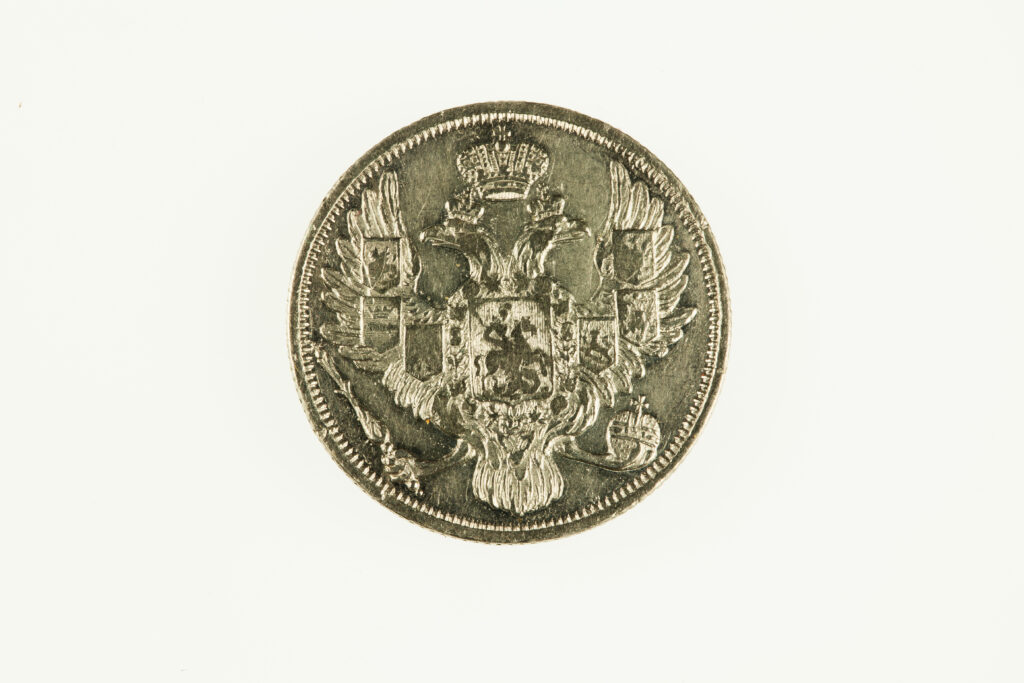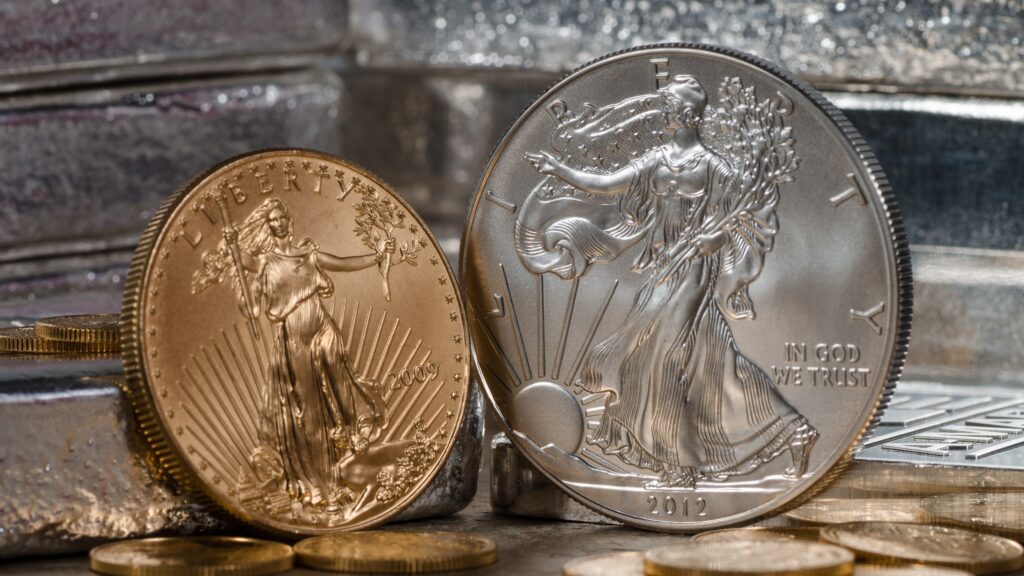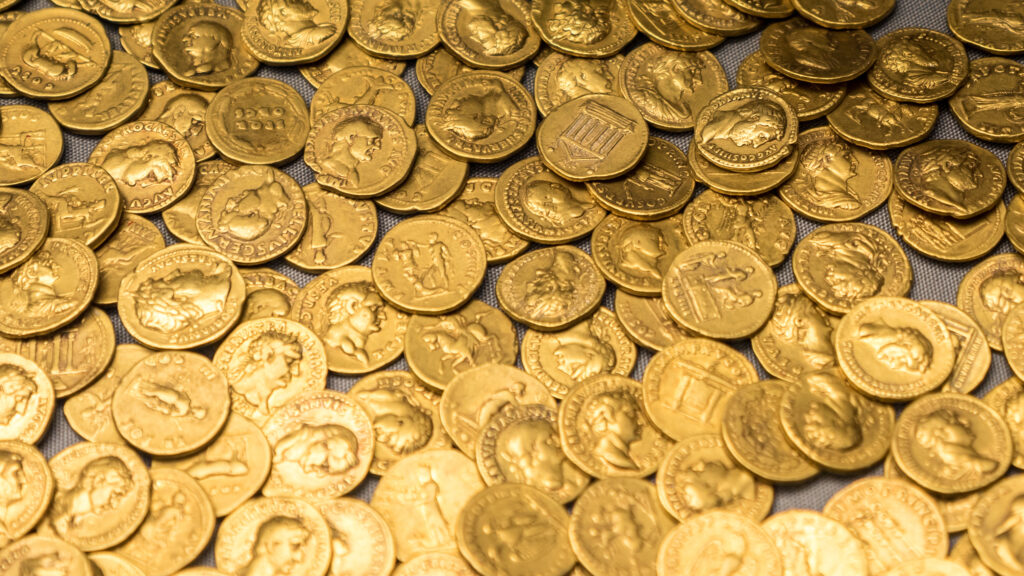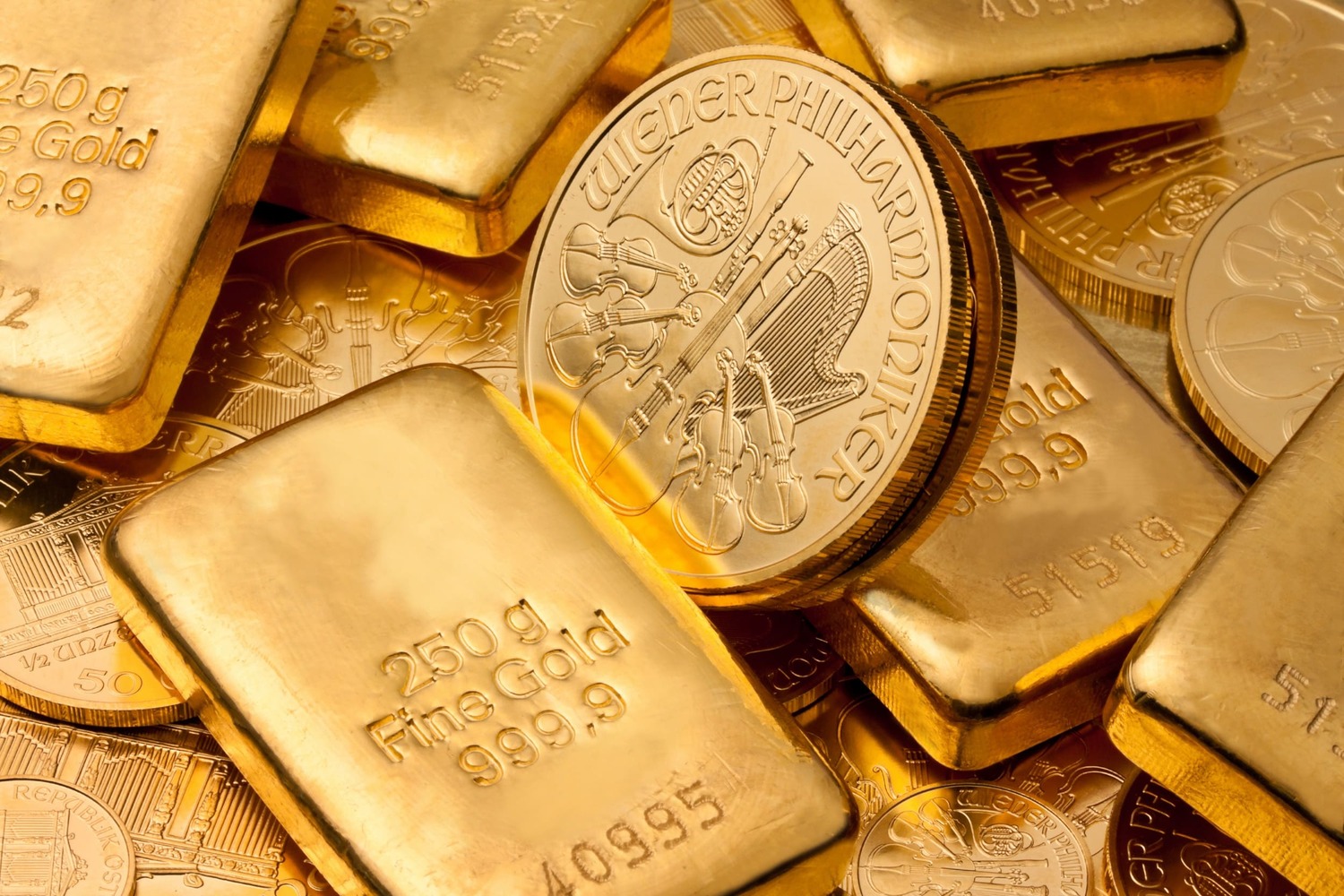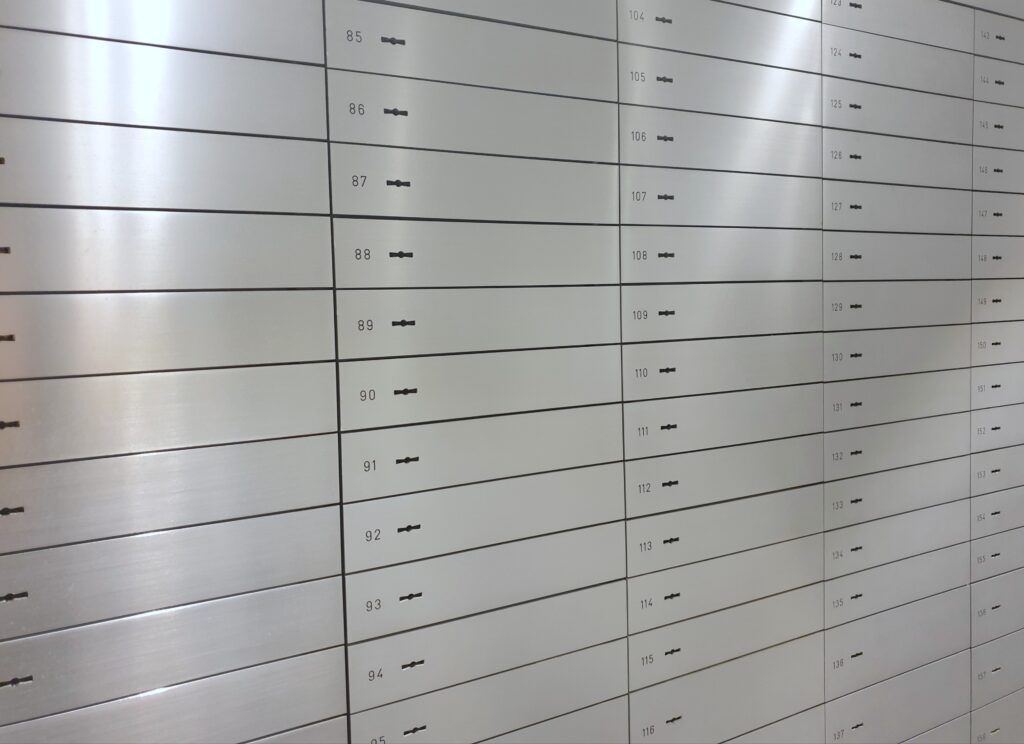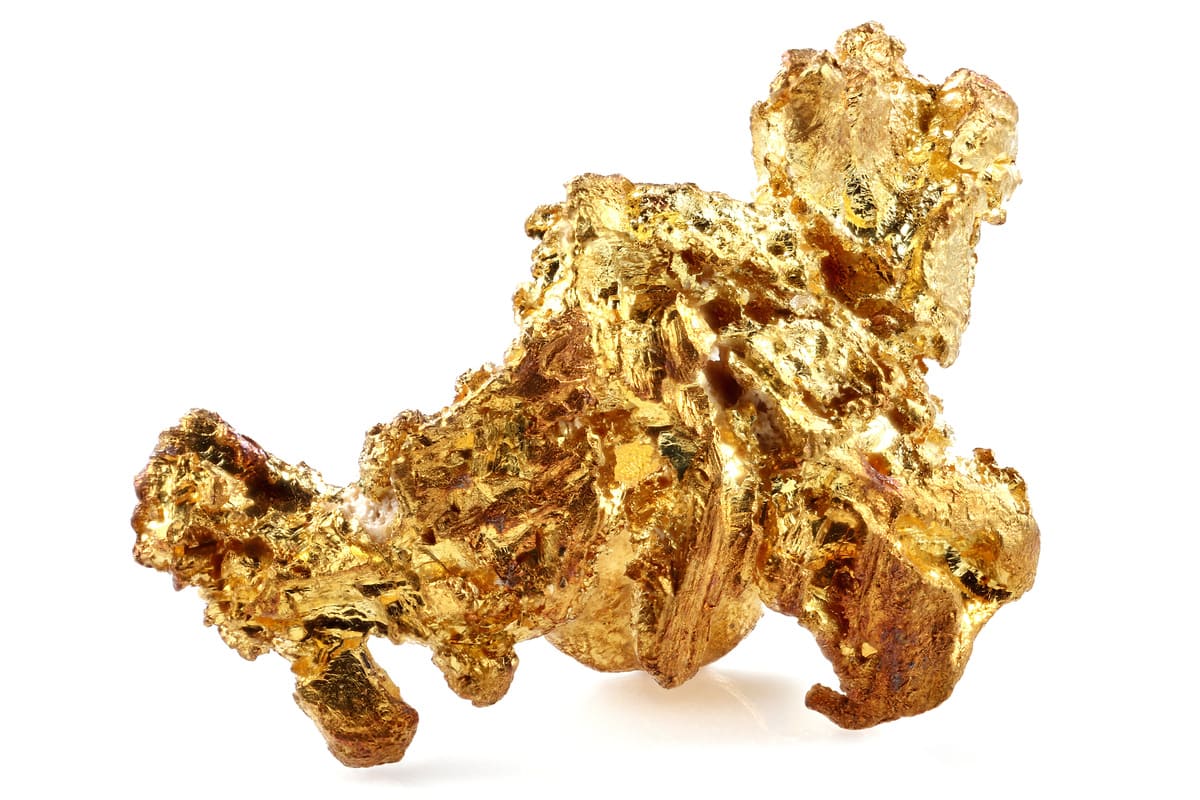Information about platinum
Additional information > The fundamentals of precious metals – a broad introduction to the basic principles > Information about platinum
Platinum is a heavy, ductile noble, grey-white precious metal that can be forged. It is also very resistant to corrosion. Pure metallic platinum, also known as platinum soap, is hardly mined at all at the moment, except perhaps in South Africa which remains the world’s largest platinum producer. 80 per cent of the total amount of platinum that is still mined comes from this country in the south of the African continent. In fact, the largest platinum deposits can be found in the areas of Johannesburg and Rustenburg, where the biggest platinum mines in the world are located. The remainder of the output comes from Russia, the USA and Canada. Interestingly enough, in addition to primary production, the precious metal is still a by-product of the output of copper and nickel mines.
By means of electrolysis, the nobler metal of platinum is first separated from its ore, followed by the less noble nickel. This type of extraction and purification is called refining. In the laboratory, platinum can also be obtained by annealing hexachloroplatinic acid. In the course of this process, the metal accumulates in a form that is referred to as a so-called platinum sponge.
In total, five distinct metals fall into the category of platinum metals. This is because each of these five is very similar to platinum in terms of their chemical characteristics. As such, the separation and purification processes developed in the past presented numerous difficulties. Iridium, osmium, palladium and rhodium were first discovered in 1803 and Ruthenium followed in 1844.
According to the statistics portal Statista, more than 3,000 tons of gold were extracted globally over the course of 2017. The production volume of platinum only amounted to about 200 tonnes in that time [1]. Although gold has a stock-to-flow ratio that is in excess of 70, that of platinum is only around 0.9. Consequently, it would take only about nine months for current platinum production to double the currently available stock.
This fact suggests that the mining supply of platinum has about 60 times more impact on its price than the corresponding figure for global gold supply. In the case of gold, the above-ground gold supply – that is, the amount of gold that is presently held in stock – has more of an an influence on gold prices.
The low stock-to-flow ratio of platinum sheds light on the industrial character of the metal. For example, the main demand for platinum is driven by the industrial sector, in particular, the automotive industry which maintains a brisk level of demand of platinum. Above all, catalytic converters play a role in this demand because platinum represents a not insignificant component of these devices. It is estimated that more than 40 per cent of global platinum demand will go into the production of catalytic converters [2]. There is a significant demand for platinum in the jewellery making industry, too. Furthermore, platinum has a number of industrial applications in things like cardiac pacemakers, heating conductors, fuel cells, thermocouples, fountain pen nibs and even as a drug component in certain cancer chemotherapies.
Since platinum has a very high intrinsic value, it presents itself as a physical asset for investment in the form of platinum ingots or coins, for instance. Nevertheless, investing in physical platinum is comparatively tricky because platinum is more difficult to find at metal merchants and even larger suppliers can only provide platinum irregularly.
In a similar manner to gold, for the safekeeping of platinum, there are three main options. Firstly, in its physical form, platinum could be stored at home. In addition, there is the option of storing it at a bank. Thirdly, you could use a provider of safe deposit boxes or segregated storage that are independent of the banking system, such as Swiss Gold Safe. Bullion bars, coins and granules are all suited to such storage facilities.
The overriding advantage of platinum is its high value density which makes it possible to store a very large value with very little space being taken up. At the same time, platinum has global acceptance as an industrial metal. In turn, this fact gives the metal a high level of liquidity. However, this is lower than that of gold which is why the spreads for platinum are larger. As a disadvantage, the value of platinum certainly has a great dependence on its demand within industry, especially the automotive sector.


